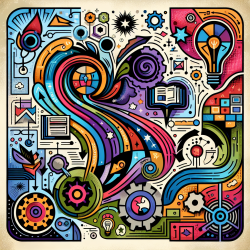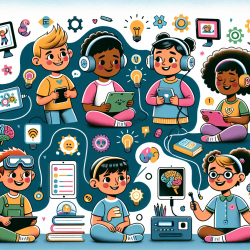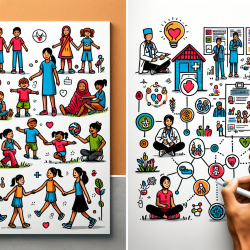As Special Education Directors, we often encounter the challenge of ensuring that all students, including those with significant cognitive disabilities, receive appropriate and meaningful assessments. One key tool in this effort is the Dynamic Learning Maps-Alternate Assessment (DLM-AA).
The DLM-AA is the required state assessment for students in grades 3-11 who have the most significant cognitive disabilities. This assessment is designed to be an alternative to the state's regular assessments, which may not be suitable for these students, even with accommodations.
But what exactly is the DLM-AA, and how does it work? Here are some key points to understand:
- Target Group: The DLM-AA is specifically designed for students with significant cognitive disabilities. These are students whose disabilities are so severe that they cannot participate in regular state assessments, even with accommodations.
- IEP Determination: The decision for a student to take the DLM-AA is made by the Individualized Education Program (IEP) team. This team includes educators, parents, and specialists who are familiar with the student's needs and abilities.
- Assessment Structure: The DLM-AA is not a one-size-fits-all test. It is designed to be flexible and adaptive, meaning it can adjust to the student's level of understanding and provide a more accurate measure of their abilities.
- Skills Assessed: The DLM-AA focuses on essential academic skills and knowledge that are appropriate for the student's cognitive level. This includes areas such as literacy, mathematics, and science.
- Benefits: By participating in the DLM-AA, students with significant cognitive disabilities are given the opportunity to demonstrate their learning and progress in a way that is meaningful and appropriate for them. This can help inform instruction and provide valuable insights for educators and parents.
In summary, the Dynamic Learning Maps-Alternate Assessment is a crucial tool for ensuring that students with significant cognitive disabilities are assessed in a way that respects their unique needs and abilities. By understanding and utilizing the DLM-AA, we can better support these students in their educational journey.
For more information, please follow this link.










